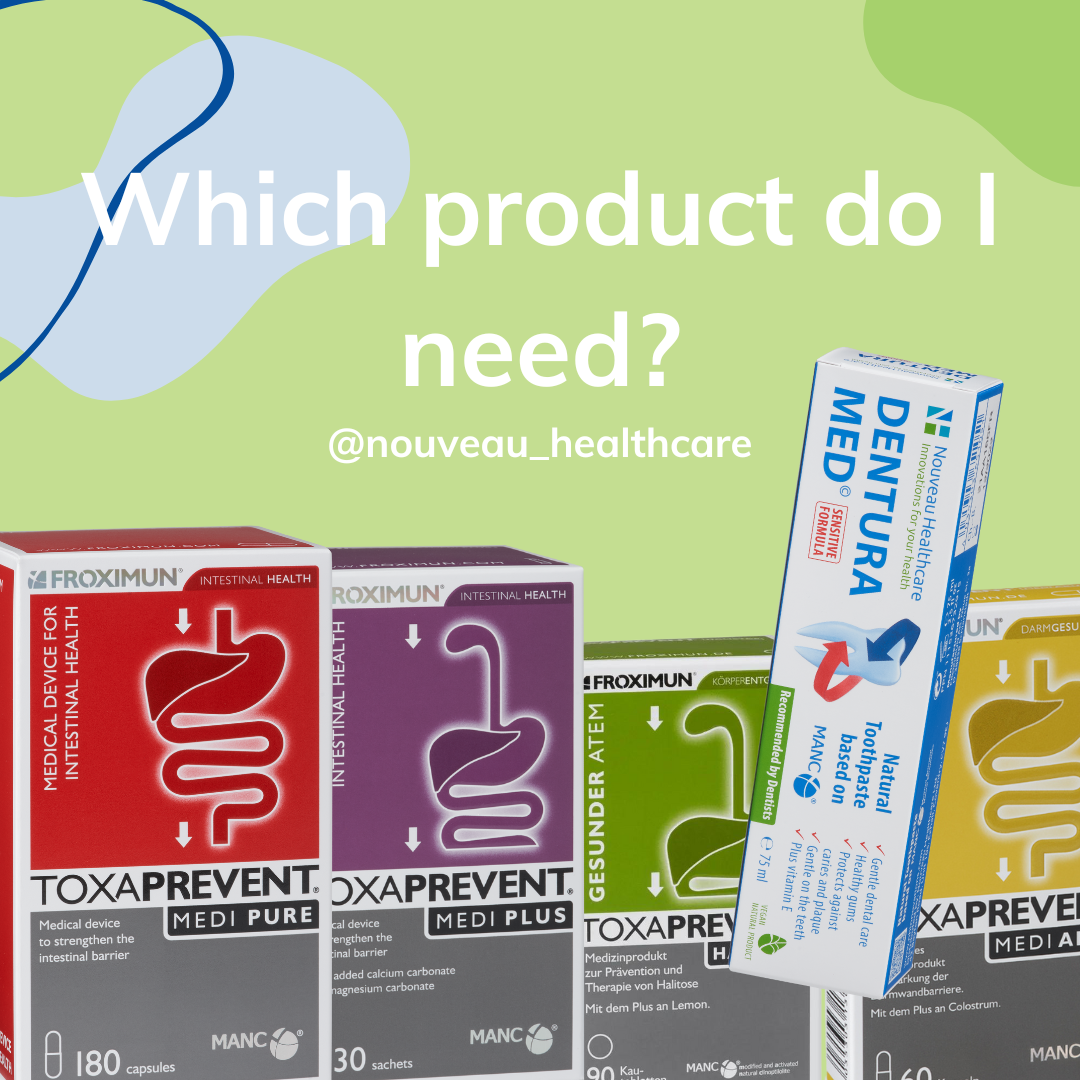What is histamine?
No doubt you've heard of anti-histamines, but have you heard of histamine?Histamine is a biogenic amine (biological chemical) in the body, which is made and stored primarily in our body's mast cells. Histamine acts as a neurotransmitter and hormone, while also being responsible for some major functions like our immune response, digestion and sending messages to the brain.
Discover our full range of zeolite clinoptilolite products or check out even more educational articles and videos.
Why is histamine important?
Histamine is crucial to our existence as it plays a central role in a plethora of areas in the body:- Histamine in our gut cells – controls how much acid is released in our stomach for digestion and absorption
- Histamine in our neurological system – affects our wakefulness, cognition and helps with our circadian rhythm
- Histamine in our mast cells – is the immune response which protect us from antigens entering our body (allergens, viruses, bacteria, toxins etc.)
What happens when there is too much histamine?
An imbalance in the amount of histamine we produce and store versus how much we break down and detox, leads to increased histamine in the body which can become toxic and cause several problematic symptoms, such as:- Hay fever type symptoms – itchy runny nose, itchy watery eyes, wheezing, sneezing, cough
- Itchy skin
- Hives
- Sinusitis
- IBS type symptoms – bloating, stomach aches, diarrhoea, constipation
- Migraines
- Shortness of breath
- Low blood pressure & dizziness
- Brain fog
- Fatigue
- Anxiety
- Joint aches & pains
What causes too much histamine?
When the amount of histamine made by or put into our body cannot be metabolised and broken down effectively, our levels become out of balance. Several factors such as food, medication, illnesses, environmental factors, altitude, beauty & bath products, chemicals and stress can contribute to this imbalance and result in higher than desirable levels of histamine in our system.
Foods which are high in histamine:
- Processed and smoked meats
- Matured cheeses
- Alcohol
- Aubergine
- Fermented foods
- Avocado
- Chocolates
- Ready meals
- Fish that is not fresh
- Chickpeas and soy flour
- Left-over food
Foods which produce/release histamine:
- Most citrus fruits
- Chocolate
- Walnuts & peanuts
- Pineapples, kiwis, bananas
- Tomatoes
- Most vinegars
Foods which inhibit DAO:
- Alcohol
- Black Tea
- Energy drinks
Treatments for high histamine levels
There is no treatment for high histamine levels per se, rather, 'the treatment' is to manage your overall histamine load in order to allow the body to get back into balance and detoxify histamine effectively.
Some commonly used methods for this are:
- Anti-histamines - recommended to relieve the symptoms of histamine in allergies. Anti-histamines work by blocking the histamine receptors so that histamine is not produced as an immune response. However, they only work on the H1 and H2 receptors but not the H3 and H4 receptors; meaning it only relieves some of the symptoms and can still leave people feeling fatigued and with headaches. Therefore, its important to be aware that anti-histamines don't necessarily address symptoms caused by high histamine foods and does not target the root cause.
- Low histamine diet - avoiding the ‘troublesome’ foods mentioned in this article will help with reducing the histamine load in the body. However, most of the foods on the list are also ones which are very beneficial for our diverse gut microbiome and good health. Avoiding these foods long term could lead to other deficiencies and illnesses.
- Clinoptilolite zeolite - a natural product which has been used for many years by humans. Due to its structure and mechanism of working, it has been shown to bind to and remove excess histamine in the body safely, without interfering with the other natural balances in the body. This addresses the root cause of the issue, allowing the body to return to balance; detoxifying histamine naturally.
Conclusion
Our bodies are clever. When in balance, they can efficiently and effectively detox and metabolise histamine. However, due to the world we live in today, as well as our fast-paced lifestyles of convenience, we put a lot of burden on our bodies and expose it to more of the unwanted substances than it can handle. In the example of histamine, all these outside factors continuously add to our histamine load until our capacity is tipped over the edge. This is what leads to all the symptoms discussed above. Treating the root cause and removing the excess histamine from the body will relieve the body of this burden of excess, thereby allowing it to function more effectively and get back to metabolising and detoxifying by itself.
Call us on 02476363873 or email us at info@nhinnovations.com to discuss your questions with a member of our clinical team.
Enjoyed this guide? Now read...
Hay fever and histamine
What is histamine intolerance?
Everything you need to know about high histamine foods


